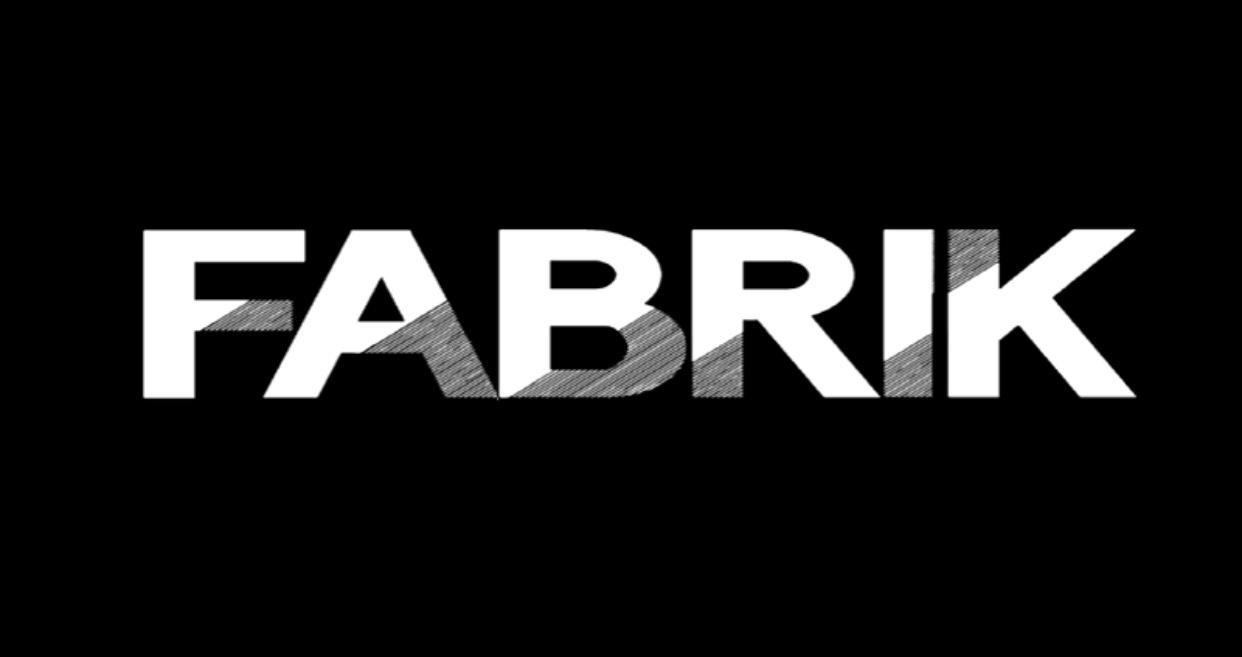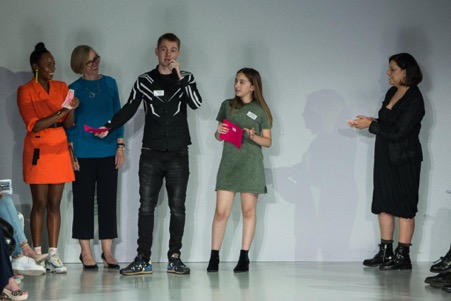Sustainable or Unattainable? Exploring the accessibility of 'ethical' clothing.
- Fabrik Sussex

- Oct 15, 2019
- 5 min read
Article Written By: Esme Schmidt
If you’ve not heard of, or even tried, an eco-friendlier lifestyle; then you must be living under a rock. Even if only for those two short hours where you could call yourself a flexitarian, otherwise have you really been living in 2019?
The truth is, the impending doom of our planet brought on by global warming, and how our own individual actions contribute to its effects, is an inescapable reality. Increased awareness brings positive change, and getting the Dhaba staff to make your coffee in a reusable flask is a promising first step towards a more sustainable future. But as we grow increasingly mindful towards our consumer footprint, our everyday social behaviours are constantly being put under the microscope.
The fashion industry is the second largest global contributor to environmental pollution, after agriculture, responsible for 5% of manmade greenhouse gas emissions according to the UN Environmental agency. From figures released by the United Nations organisation, fashion production processes were accountable for 1.7 billion tonnes of carbon dioxide pollution in 2015 alone, that’s more than aviation and shipping combined. Despite the continued efforts of revolutionary movements like Extinction Rebellion and the progress made so far, the private actions of global conglomerates are still out of our control. Therefore, as consumers, we must ask ourselves, what lifestyle changes must we make in order to maintain a love for fashion, as well as for the planet. However, in any industry, a successful company understands the importance of demonstrating that their values align with their audience’s; therefore, it is no surprise that more and more clothing brands are adapting to become increasingly eco-friendly.
The online retailer PrettyLittleThing (PLT), previously criticised for the presence of harmful chemicals in their garments, recently launched their ‘Recycled’ range; a ‘back to basics’ collection made from reworked materials. The brand was applauded for making a move towards sustainability. Whilst this is a move that’ll gain the company traction this year, I can’t help but ask: what is stopping PLT from making the entirety of their clothing range fully sustainable? The muted tones and basic minimalist cuts of the collection suggest this is because sustainability means compromising on colour, detail and excitement. Are PLT emanating that a sustainable world is a more boring one?
Someone who disagrees with this is Grace Beverly, YouTube and Instagram fitness star, who at the age of 22, runs two successful businesses. Grace’s newest clothing line, TALA, is marketed as a sustainable but affordable brand. The garments range from basic block coloured hoodies, to neon pink activewear make from upcycled materials and recycled plastic bottles. The variety of pieces seems to radiate the message that upcycled clothing should not mean that the customer loses out on design quality. This is what PLT fails to notice is crucial in order to persuade their consumers to make the switch to ethically sourced clothing.
On their website, TALA declare that their mission is: ‘to create products that are 100% upcycled, and we are 92% of the way there”. Their distance from full sustainability, they claim to be because they want to produce products “which care for the environment without breaking the bank”. The problem with their statements exists in the claim that £50 for a hoody is not ‘breaking the bank’. I know students, like myself, who may disagree with this assertion. This begs the question, how much does sustainability really cost, and will it really ever be accessible to everyone?
Upcycling differs from traditional textiles - where factories receive roles of fabric ready to be cut and mass-produced as clothing - as it involves the initial sourcing of suitable second-hand clothing, which need to be shredded and re-threaded before becoming usable material for garments. Upcycling is a time-consuming process which results in higher labour expenses. You could argue then, that £50 is only a small price to pay for the promise of a better future. Or is increased consumerism just worsening the problem? Are there are other options to ‘upcycled’ materials?
I visited Studio 50’s sustainability pop-up in Hove to explore a different message, and found from the abundance of garments on sale - which they describe as ‘pre-loved’ - that the pop-up communicates the tone that shopping sustainably means shopping vintage. There racks even include real leather garments, a problematic material in the conversation of ethical fashion. However, vintage leather arguably carries less of the moral guilt, as the consumer doesn’t contribute directly to the continued manufacturing of animal goods; whilst not compromising on the quality of real leather. Although you may not always be able to find everything you need, making that switch to sourcing a percentage of your wardrobe from vintage clothing stores and sites is an honourable contribution, similar to eating veggie once a week - because every little counts. Read Evelyn’s interview on our website with the organisers of Studio 50’s pop-up, for more information - https://fabriksussex.wixsite.com/magazine/post/sustainable-fashion-event-comes-to-hove.
An organisation doing something different in the name of the future of fashion is ‘FAD’, a charity that works with young aspiring designers to help them break into the fashion industry, all whilst campaigning for diversity and fair access within said industry (@fadcharity - Instagram). I spoke with George Howie, winner of the FAD charity Fashion Futures award 2019 and the founder of trainer supplier @Georgesroom; about his winning piece. George told me that his piece was not only made with reworked materials, but carried an important message:
“The message (on the netting) reads ‘If we die, we’re taking you with us’, referring to our dying planet. My aim was to use the dress to draw attention to problems in the world…using fashion for this message will have a strong impact on people, because beauty can draw attention a major issue that doesn’t get the attentions that it should.”
FAD’s work with George shows recognition of how socially impactful fashion can be with the messages it can deliver to potential consumers. The work FAD does is wide-reaching, contributing to changing the scope of designers that function in the industry, not only how consumers interact with it. By producing well-informed, ethically aware, fashion designers and spreading the message of the climate issue through fashion; FAD targets unethical fashion processes right at the root of the problem and utilise fashion for a good cause.
Maybe we shouldn’t be indulging in temporary fixes that suit the current season’s trend when it comes to sustainability, but instead invest in the continued spread of awareness and the little changes we can make that have a positive impact on our carbon footprint; to change the future of the industry for good.
What can you do:
- Educate yourself, become aware of how your actions affect climate change. Visit https://www.sussex.ac.uk/about/sustainable-university to learn about sustainability at the university.
- Shop vintage! Even better, shop in charity shops, where you can guarantee your money is going to a good cause.
- Support local charities (like FAD) that campaign for change in the fashion industry.
- Stay up to date with your university’s fashion society! It’s important recognise people doing something different in the name of fashion’s future, attend fashion shows and show your support.
This isn’t to say that our increased exposure to fast-fashion ranges branded as ‘recycled’ and ‘sustainable’ has a negative impact on the way we shop, it just means that if we want to feel like we’ve ‘done our bit’ whilst doing the bare minimum, we’ll have to part with a few extra pounds.
Article Written By: Esme Schmidt
Photographer: Tony Wellington
Photographs From: FAD Fashion Futures Award Show (featuring George and his winning piece).










Comments